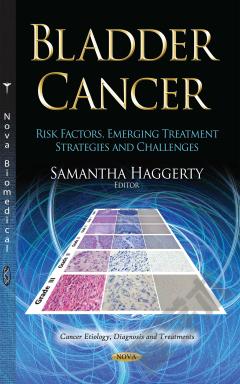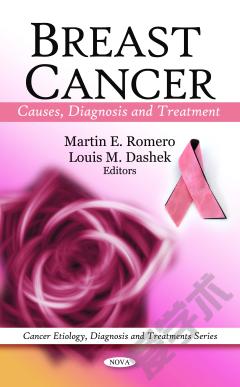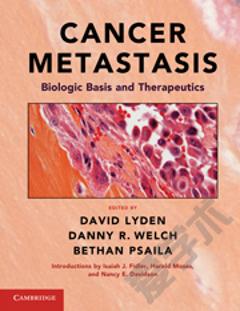Triple-Negative Breast Cancer: Biomarkers, Emerging Therapeutic Strategies and Clinical Challenges
Poorly differentiated triple negative breast cancers (TNBCs) were first characterized in the literature in 2005 by the absence of receptors for estrogen (ER) and progesterone (PR) as well as the lack of tyrosine kinase human epidermal growth factor receptor 2 (HER-2). Clinically, TNBCs exhibit fairly aggressive local growth, rapid progression and account for a high rate of early metastases, most commonly to visceral organs and central nervous system. Chapter One describes how the last decade has contributed to our understanding of the function of exosomes in the progression of breast cancer. Furthermore, it will discuss the implications for using exosomes from body fluids as biomarkers in diagnosis and treatment strategies. Chapter Two discusses how the strong correlation between BRCA gene mutations and the high risk of TNBC proposes certain mediators between germline mutations and the risk for poorly differentiated breast cancers. Chapter Two presents increasing evidence of the role of tumor lymphocytic immune infiltrates in this subtype of breast cancer. High levels of tumor infiltrating lymphocytes (TILs), mainly in lymphocyte-predominant breast cancer (LPBC), have been associated with improved disease-free and overall survival rates in TNBC patients with and without any treatment.
{{comment.content}}








 京公网安备 11010802027623号
京公网安备 11010802027623号